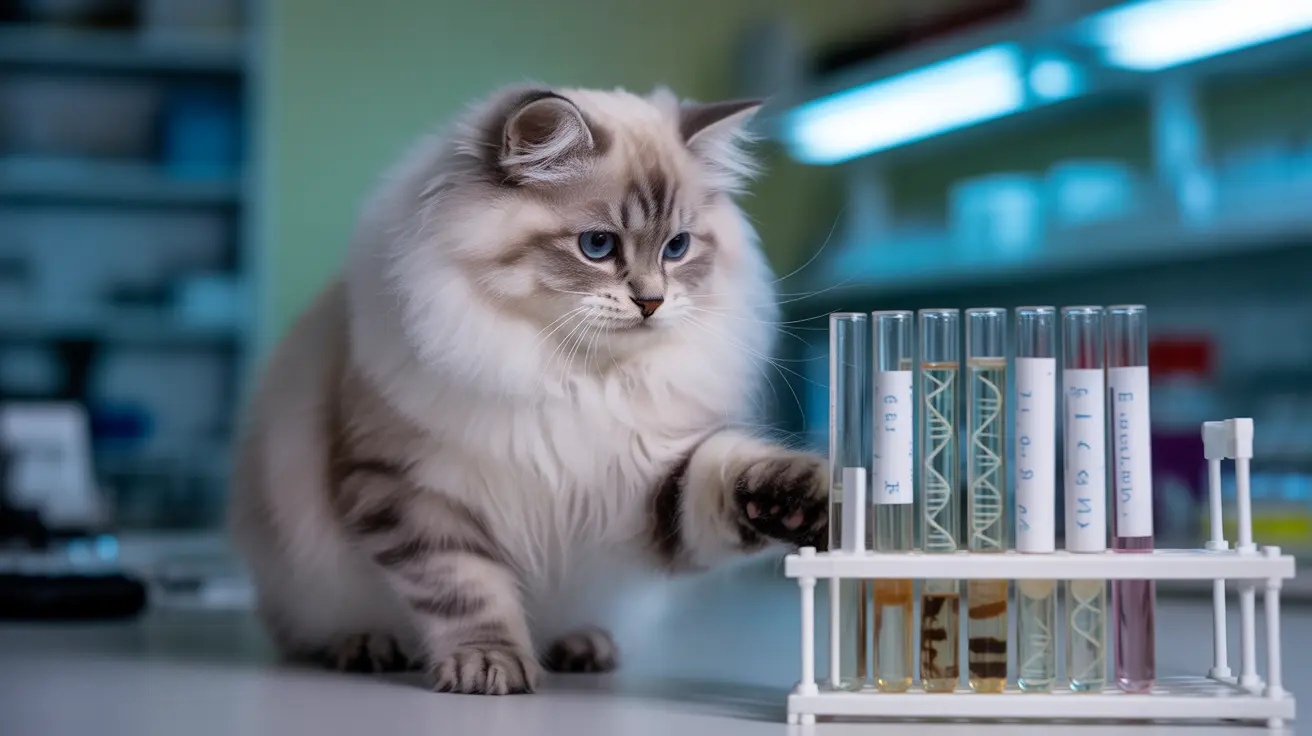A swollen retina in cats is a serious ocular condition that requires immediate veterinary attention. This condition can affect your cat's vision and may indicate underlying health issues that need prompt treatment. Understanding the causes, symptoms, and available treatments is crucial for every cat owner to ensure their pet's eye health and overall well-being.
When a cat develops retinal swelling, it can occur in various parts of the retina, including the optic disc (a condition known as papilledema). This condition can be particularly concerning as it may lead to vision impairment or complete blindness if not addressed promptly. Let's explore everything you need to know about this important feline health issue.
Common Causes of Retinal Swelling in Cats
Several factors can contribute to retinal swelling in cats, ranging from systemic diseases to localized eye problems:
Systemic Health Issues
- High blood pressure (hypertension)
- Kidney disease
- Infectious diseases (FIV, FeLV, FIP)
- Brain tumors or trauma
- Inflammatory conditions
Local Eye Problems
- Direct trauma to the eye
- Infections affecting the eye
- Inflammatory eye diseases
- Genetic predisposition in certain breeds
Recognizing the Signs of Retinal Swelling
Early detection is crucial for successful treatment. Watch for these warning signs:
- Visible changes in eye appearance
- Dilated or unresponsive pupils
- Bumping into objects
- Reluctance to jump or navigate stairs
- Squinting or excessive blinking
- Changes in behavior or activity level
Diagnostic Process
Veterinarians use various methods to diagnose retinal swelling:
- Comprehensive eye examination
- Blood pressure measurement
- Blood tests for underlying conditions
- Advanced imaging (MRI or CT scans)
- Genetic testing for predisposed breeds
Treatment Approaches
Treatment for retinal swelling depends on the underlying cause and may include:
Medical Management
- Medications to reduce inflammation
- Blood pressure control
- Treatment for underlying infections
- Pain management when necessary
Supportive Care
- Environmental modifications for vision-impaired cats
- Nutritional supplements
- Regular monitoring and follow-up care
Prevention and Long-term Management
While not all cases of retinal swelling can be prevented, these steps can help reduce risks:
- Regular veterinary check-ups
- Prompt attention to eye-related symptoms
- Management of underlying health conditions
- Maintaining a safe environment for cats with vision problems
Frequently Asked Questions
What are the common causes of a swollen retina or papilledema in cats?
Common causes include high blood pressure, infections, trauma, tumors, and inflammatory conditions. Some cats may also have genetic predispositions to retinal problems.
How can I tell if my cat has retinal swelling or optic disc swelling?
Signs include changes in pupil size, difficulty navigating familiar spaces, bumping into objects, and visible changes in eye appearance. Any sudden changes in vision warrant immediate veterinary attention.
What diagnostic tests will my vet use to identify a swollen retina in my cat?
Veterinarians typically perform comprehensive eye examinations, blood pressure measurements, blood tests, and may recommend advanced imaging such as MRI or CT scans when necessary.
What treatment options are available for retinal swelling or papilledema in cats?
Treatment options vary based on the underlying cause and may include medications for inflammation or infection, blood pressure control, surgery in some cases, and supportive care measures.
Can a swollen retina in cats lead to permanent vision loss, and how can it be prevented?
Yes, swollen retina can lead to permanent vision loss if not treated promptly. Prevention includes regular veterinary check-ups, immediate attention to eye problems, and proper management of underlying health conditions.
Early detection and treatment of retinal swelling are crucial for preserving your cat's vision. If you notice any changes in your cat's eyes or vision, consult your veterinarian immediately. With proper care and management, many cats can maintain their vision and quality of life despite this challenging condition.






